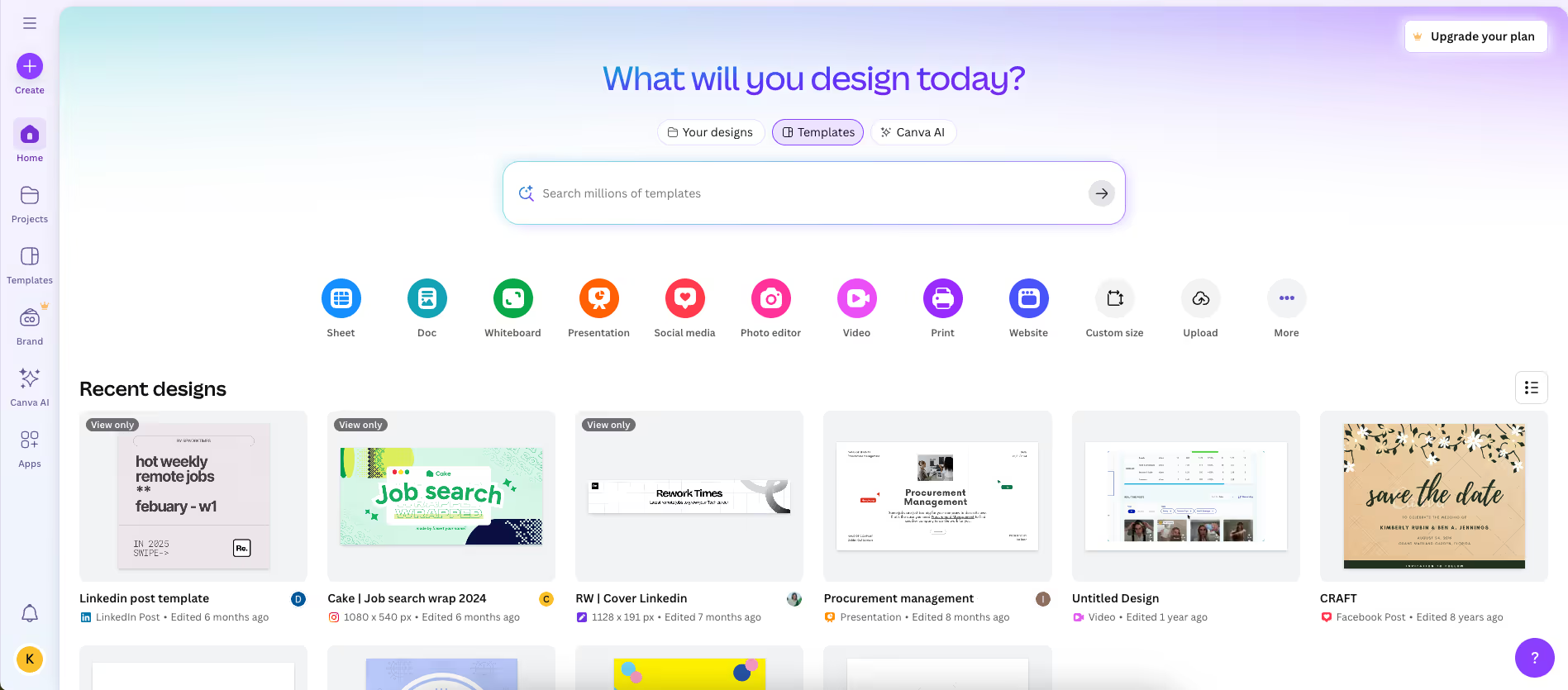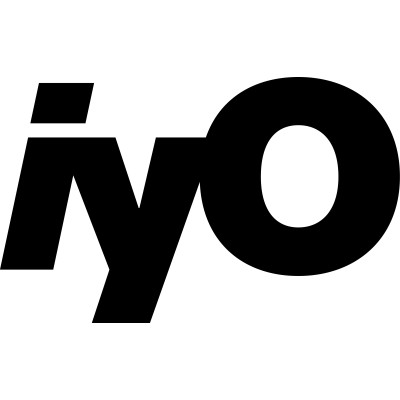
Canva exists to democratize design, harnessing innovative technology to empower everyone—from novices to professionals—to create and publish visual content effortlessly. We envision a future where design is not restricted by skill or access, but a seamless part of communication and creativity for all.
Driven by a mission to make publishing anywhere accessible, we integrate AI-powered tools, intuitive interfaces, and collaboration platforms that reshape how people engage with visual storytelling. Our commitment is to continuously evolve our technology to inspire new ways of expressing ideas, driving impact across individuals, businesses, and communities worldwide.
Our Review
We've been watching Canva for years, and honestly, it's one of those rare companies that actually delivered on its bold promise. When Melanie Perkins said she wanted to "democratize design," we were skeptical—after all, plenty of startups claim they'll make complex things simple. But Canva genuinely cracked the code.
What started as a solution to frustrated design students has become something much bigger. We're talking about 90+ million users worldwide, $1 billion in annual revenue, and a platform that's fundamentally changed how people think about creating visual content.
The Magic Is in the Simplicity
Here's what impressed us most: Canva made professional-looking design accessible without dumbing it down. The drag-and-drop interface feels intuitive from day one, but there's real depth underneath. We've seen marketing teams drop expensive software subscriptions, teachers create classroom materials in minutes, and small business owners design their own logos.
The AI features in Magic Studio are particularly clever. Instead of overwhelming users with options, they streamline the creative process—Magic Design can generate layouts automatically, while Magic Write helps with copy. It's AI that actually feels helpful, not gimmicky.
Beyond the Individual User
What really caught our attention is how Canva evolved from a simple design tool into a comprehensive platform. Canva Teams isn't just about collaboration—it's about brand consistency at scale. Companies can maintain their visual identity across departments without hiring a design team for every project.
The Creators Program is another smart move. By letting professional designers monetize their templates, Canva ensures its content library stays fresh and high-quality. It's a win-win that keeps the platform competitive against more traditional design tools.
Room for Growth
We're curious to see how Canva handles its next phase. At a $40+ billion valuation, expectations are sky-high. The company's been profitable since 2017, which is reassuring, but maintaining that growth trajectory while expanding internationally won't be easy.
The video and website features show promise, but they're entering crowded markets. Still, if Canva can bring the same user-friendly approach to these areas that it brought to graphic design, we wouldn't bet against them.
Drag-and-drop interface for graphic design
Thousands of templates and design tools
Collaboration features with Canva Teams
On-demand printing service (Canva Print)
Video editing tools (Canva Video)
No-code website builder (Canva Websites)
AI-powered features via Canva Magic Studio including Magic Write and Magic Design
Marketplace for professional designers to create and sell templates








